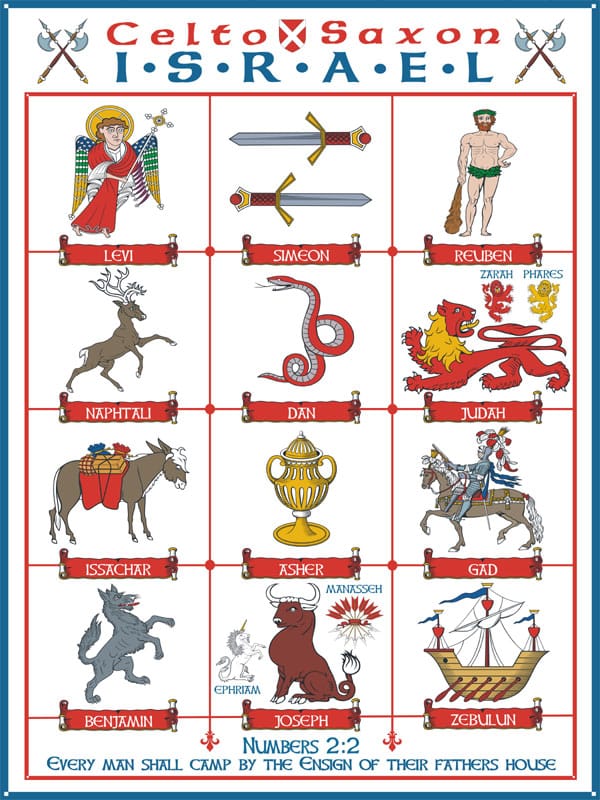The Exile
- In 721 BCE the Assyrians invaded and captured Israel (the ten tribes).
- Most of the citizens were scattered all over.
- The Exile is the beginning of the Diaspora.
- In 586 BCE the Babylonians invaded and captured Judah (the two tribes) and destroyed Solomon’s temple in Jerusalem. Jewish leaders were taken into exile in Babylon.
- They were held until 538 when Cyrus the Great of Persia defeated the Babylonians. The Jews were allowed to return to Judah, not all of them did.
- The period between 586-539 BCE is known as the Exile.
The Twelve Tribes of Israel
The period in Exile is marked by;
- Congregational worship – Synagogues (Greek word = meeting).
- The Jewish people met in synagogues to read and study the scriptures. The building was also used as a court of religious law and as a school.
- Scholarly analysis of scriptures and emergence of Rabbis.
- Development of the belief in the coming of the Messiah; the anointed one, to come and deliver them as Moses did in Egypt.
- In 515 BCE a second temple was completed as an outward sign of the renewal of the covenant.
- In 332 BCE, Alexander the Great conquered much of the known world. Jews in the Diaspora fell under the influence of Greek culture, a process known as the Hellenization. The Jews took on Greek architecture, dress and names.
- The Bible was also translated in Greek.
The Maccabean Revolt
- In 168 BCE Antiochus IV Epiphanes converted the temple into a shrine to the Greek god Zeus. A group of Jews dissatisfied with Greek rule rebelled. The were called the Maccabees.
- In 164 BCE, they recaptured Jerusalem and the temple rededicated to Yahweh until 64 BCE when the Romans took control of Jerusalem. The Jewish festival, Chanukah celebrates the events of the Maccabean revolt.
The Story of Chanukah
- Nearly 2,200 years ago, the Greek-Syrian ruler Antiochus IV tried to force Greek culture upon peoples in his territory. Jews in Judea – now Israel – were forbidden their most important religious practices as well as study of the Torah (the Bible). Although vastly outnumbered, religious Jews in the region took up arms to protect their community and their religion. Led by Mattathias the Hasmonean, and later his son Judah the Maccabee, the rebel armies became known as the Maccabees.
- After three years of fighting, in the year 3597, or about 165 B.C.E., the Maccabees victoriously reclaimed the temple on Jerusalem’s Mount Moriah. Next they prepared the temple for rededication – in Hebrew, Hanukkah means “dedication.” In the temple they found only enough purified oil to kindle the temple light for a single day. But miraculously, the light continued to burn for eight days.
Beliefs
- A Jew is born into Judaism or converted; a process known as gerut.
- Jewish heritage is matrilineal (if the mother is Jewish, so too are the children)
- Jewish beliefs are centered on One God
- Mitzvah: the act of performing a good deed is called a mitzvah or mitzvoht (many good deeds)
- The Bible contains 613 mitzvoht: 248 positive or “do” commandments and 365 negative or “do not” commandments. **Remember though that the 10 commandments are the most essential.


1 Comment